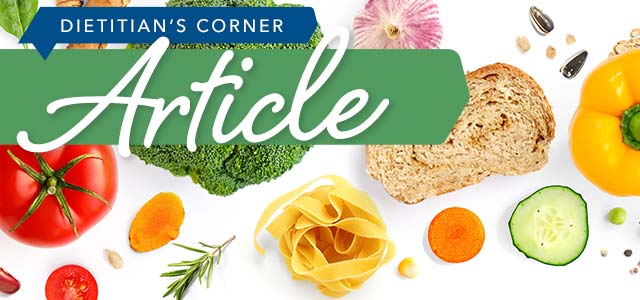

A+ Eating: Simple nutrition for a strong school year

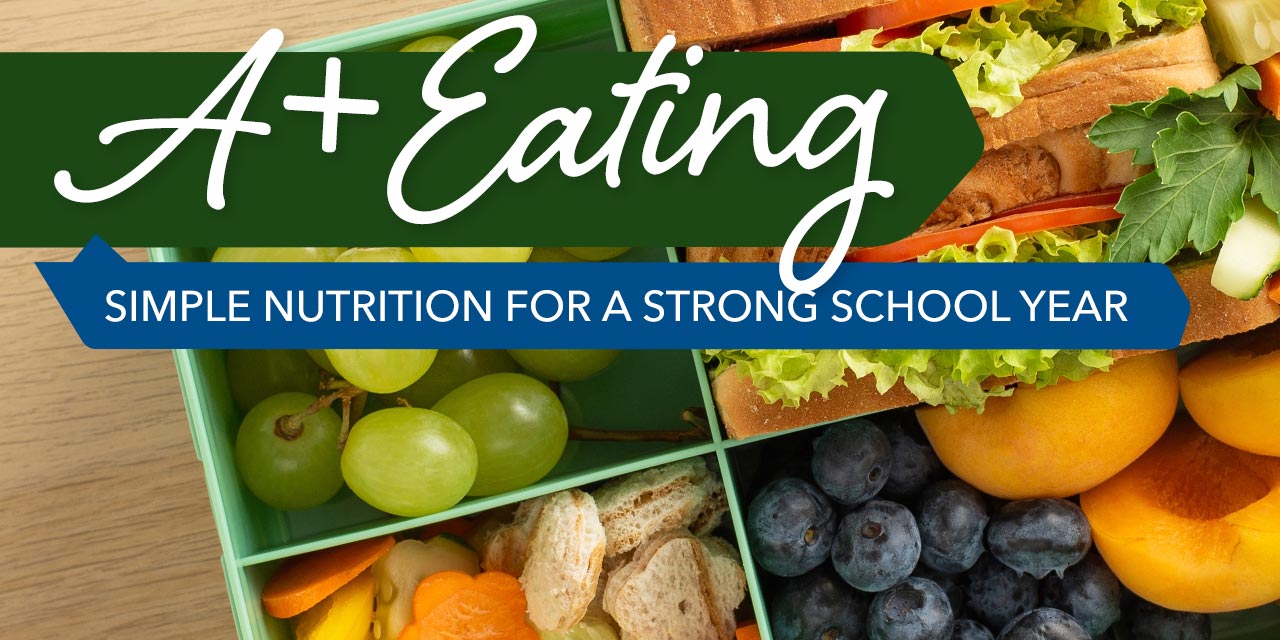
The new school year is just around the corner, and you’re probably busy juggling all those back-to-school tasks—buying school supplies, organizing schedules, and sizing up on the school clothes (yet again). But there’s one important thing that rarely makes the to-do list: nutrition. But balanced, nutritious meals can have a significant impact on children’s academic performance, energy levels, and overall health and wellbeing. So, this year, let’s make nutrition a priority. Here’s how:
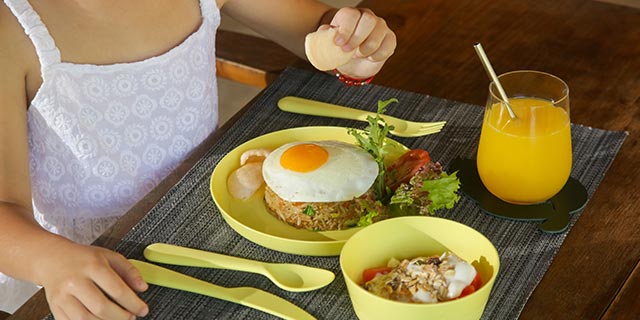
Build a better breakfast
Underappreciated and often skipped, breakfast rarely gets the attention it deserves. The truth is that a strong breakfast routine sets the tone for a good day and provides the stable energy kids need. Make a point of filling your kids’ tanks up by offering a protein-and-fiber-packed breakfast that will keep their engines running until lunchtime.
Tips
- Prioritize protein—In addition to keeping kids feeling full, protein helps to build and maintain muscle, fight infection and more.
- Plain, nonfat Greek yogurt is rich in protein, plus it serves up probiotics and other nutritional benefits. Top with berries for sweetness and a dose of fiber.
- A serving of creamy, nut-free SunButter spread packs in seven grams of protein. Spread it on whole-grain toast for a satisfying start to the day.
- Include fiber-rich foods—Not only is fiber good for the gut, but it also stabilizes blood sugar levels and helps sustain energy.
- Overnight oats are the only all-nighter that’s cool for kids. In a small bowl, combine ½ cup rolled oats with ½ cup of dairy or nondairy milk, cover, and refrigerate overnight. In the morning, give it a good stir and add your toppings—sliced bananas, berries, nuts, or a spoonful of nut butter are some of my favorites!
Extra credit: Before refrigerating, add any optional mix-ins—1/2 cup yogurt for creaminess, 1 Tbs of honey or agave for sweetness, or 1 Tbs chia seeds for texture. - If planning ahead isn’t your thing, no worries! Ready in minutes, whole-grain, instant oatmeal is loaded with vitamins, minerals, and fiber and is a great source of complex carbohydrates.
Extra credit: Make it more interesting with a handful of nuts, seeds, or a drizzle of honey.
- Overnight oats are the only all-nighter that’s cool for kids. In a small bowl, combine ½ cup rolled oats with ½ cup of dairy or nondairy milk, cover, and refrigerate overnight. In the morning, give it a good stir and add your toppings—sliced bananas, berries, nuts, or a spoonful of nut butter are some of my favorites!
- Keep it simple and repeatable—Mornings can be hectic. Pick three or four go-to breakfasts that you can rotate throughout the week.
- Prepare ahead—In addition to overnight oats, smoothie packs and breakfast sandwiches also prep well in advance.
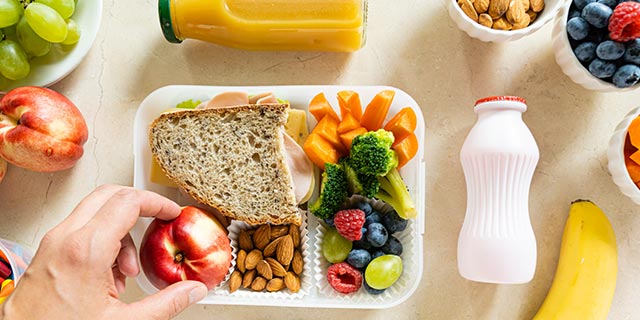
Balance the lunch box
Kids need to refuel at lunchtime to give them energy to finish out their day and to avoid afternoon energy crashes. But how can you ensure that what you pack gets eaten and not traded for stickers or sports cards?
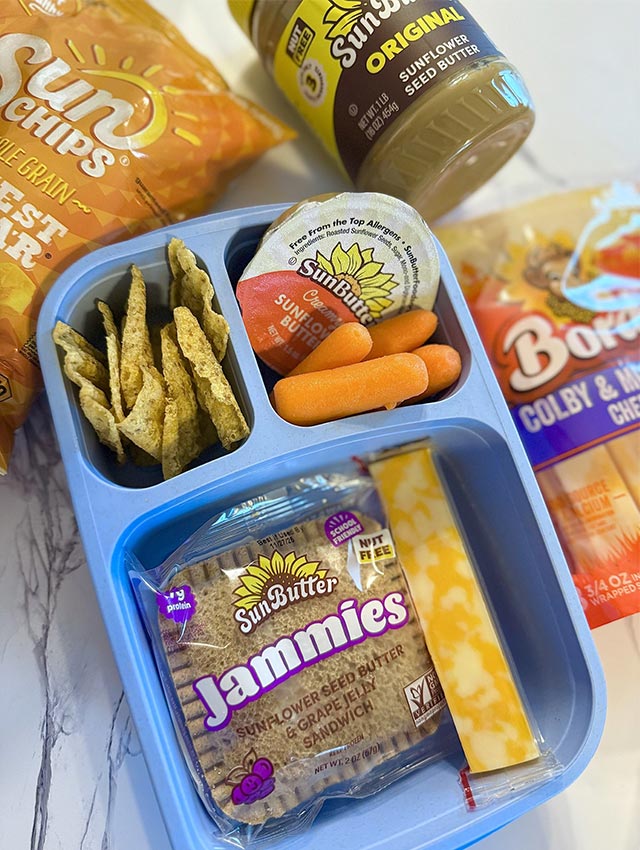
Tips
- Pack in parts—It’s helpful to think in components: protein, fruits or vegetables, whole grains, and healthy fats.
- Keep portions kid sized—Smaller portions means that you can pack more variety, allowing for a more balanced meal. It also means more mindful eating and less waste.
- Pair perfectly—If you’re adding a new food to their lunchbox, try pairing it with a familiar favorite.
- Get the kids involved—Kids are more likely to try and eat foods they are involved in choosing or preparing.
- Try this easy Chicken and Veggie Wrap. It’s perfect for lunch boxes and fun to make together!
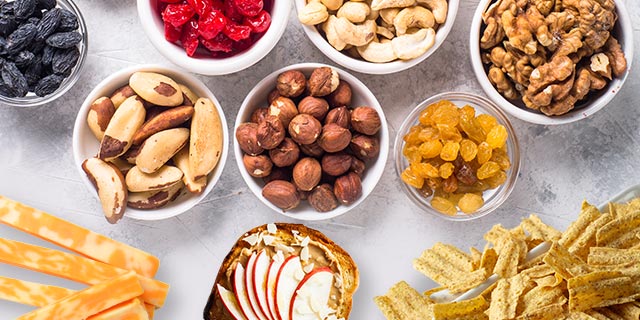
Snack Smarter
Slam! The kids are home and—yep—headed straight for the fridge. And that’s okay! Snacks bridge the gap between meals and prevent those hangry feelings that put everybody on edge. The trick is to ensure that the snacks on hand are as nutritious as they are satisfying.
Tips
- Pair carbohydrates (for energy) with healthy fats or protein (to keep kids full longer). Here are some pairs I love:
- Whole-grain toast with avocado
- Sun Chips with hummus
- Rice cakes with SunButter or nut butter
- Whole-grain crackers with Borden cheese sticks
- Stock a variety of precut fruits and vegetables at eye level in the fridge.
- Keep some simple, nutrient-dense grab and go snacks on hand.
- Shop some of my favorites here.
- Try out these super-easy SunButter & Jelly Energy Bites that can be prepped at the beginning of the week and snacked on all week long!
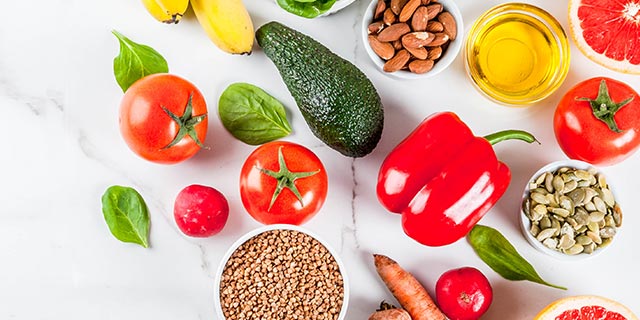
Support immune health
While school exposes children to so many new and exciting things, it also exposes them to a whole new host of germs. Yuck. Fortunately, there are plenty of foods out there that support a healthy immune system.
Tips
- Offer a rainbow—These brightly colored fruits and vegetables are rich in vitamin C, as well as a whole host of other immune-supporting nutrients:
- Bell peppers, broccoli, kale, brussels sprouts, mangos, strawberries, tomatoes, kiwi and cantaloupe
- Don’t forget the D—Many dairy products and plant-based milks are fortified with vitamin D, which enhances immune cell function, assists in muscle function, and helps the body fight off infections.
- Think zinc—Lots of kid-friendly foods, such as whole grains, nuts and seeds, and legumes, are naturally high in zinc, a mineral that supports immune response and helps heal wounds:
- SunButter Jammies sandwiches offer a healthy twist on the classic PB&J. Jammies are made with whole-grain bread and nut-free butter. Toss one in the lunchbox, and it will be thawed in time for lunch.
- Sun Chips whole-grain snacks are a nutritious option and just as tasty as potato chips. Harvest Cheddar and French Onion are especially popular, but you won’t go wrong with any of the flavors.
Here’s to a year of smart choices, satisfied stomachs, and healthy high-fives!
